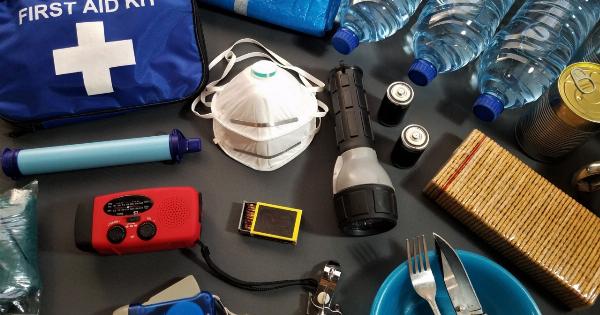Sexting is the act of sending sexually explicit messages, images, or videos using digital devices such as smartphones and computers.
While sexting may seem like a harmless act of flirting or sharing intimacy, it can have serious consequences for individuals and society as a whole.
The Risks of Sexting
Sexting can result in various dangers, some of which are listed below:.
1) Legal Consequences
Sending or receiving explicit images of a minor is considered child pornography, even if the images were shared voluntarily between young people.
This means that sexting involving minors can result in criminal charges and legal consequences that can have long-term effects on their lives.
2) Emotional Consequences
Sexting can have severe emotional consequences for individuals, especially in cases where their images or messages are shared without their knowledge or consent.
Victims of non-consensual sexting often suffer from anxiety, depression, and low self-esteem.
3) Relationship Problems
Sexting can lead to relationship problems, especially when the shared content becomes public or is discovered by a partner. It can lead to breakups, emotional distress, and reputational damage.
4) Cyberbullying
Non-consensual sexting can be used as a tool for cyberbullying, where individuals use explicit images or messages to humiliate, threaten or blackmail others.
This can have severe emotional consequences for the victims, leading to feelings of shame, anxiety, and depression.
5) Health Risks
Sexting can also result in health risks such as sexually transmitted infections (STIs) and unintended pregnancies.
Sending or receiving explicit images or messages can also lead to addiction, where individuals become addicted to the gratification obtained from sexting.
Preventing Sexting
Parents, educators, and teenagers can take steps to prevent sexting and the potential dangers involved.
1) Education
Teenagers need to have a clear understanding of the risks of sexting and the possible legal and emotional consequences.
Parents and educators can educate young people about the dangers of sexting and provide them with the necessary tools to protect themselves.
2) Parental Control
Parents can use parental control applications to monitor their child’s online activity and to prevent them from engaging in sexting or other risky behaviors.
3) Open Communication
Parents need to keep an open line of communication with their children regarding their online activities. This can help parents to identify risky behavior and to intervene before it becomes a serious problem.
Conclusion
Sexting may seem like a harmless act of sharing intimacy, but it can have serious legal, emotional, and social consequences for individuals and society.
Parents, educators, and teenagers need to work together to prevent sexting and to mitigate its potential risks.






























